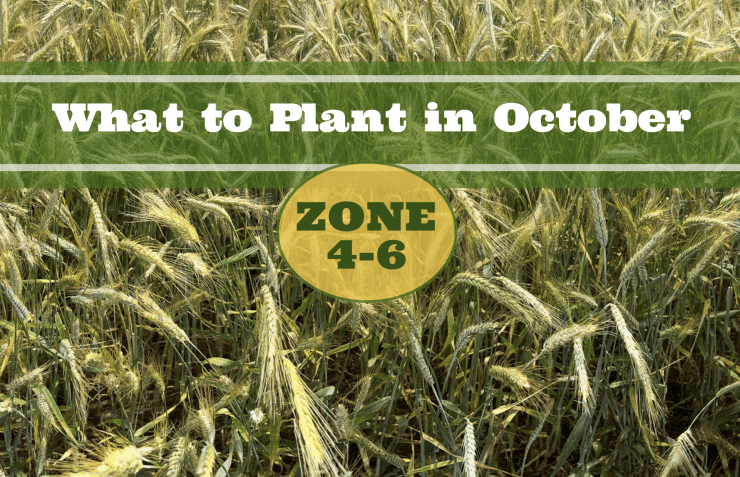
Oh, October in zones 4-6 – when the leaves are putting on their autumn best, and most gardeners are hanging up their trowels for the season. But not us, right? We’re the diehards, the ones who see the first frost as a challenge, not a finish line. Sure, our neighbors might think we’re a bit nutty for still puttering around in the garden, but they’ll be singing a different tune when we’re harvesting fresh veggies while they’re stuck with store-bought in a few months!
Now, I know what you’re thinking – “October? Isn’t it a bit late for planting?” Well, yes and no. While it’s true that our growing options are slimming down faster than a bear preparing for hibernation, there are still some hardy souls in the plant world ready to brave the chill. With a little planning and some season-extending tricks up our sleeves, we can keep the garden party going well into fall and even winter.
So, grab your warmest gardening gloves (you know, the ones with the embarrassing fuzzy lining that you swore you’d never buy), and let’s dive into 7 cold-hardy plants that are tough enough to take on October in zones 4-6. Plus, I’ll throw in a to-do list of garden chores that’ll make you the envy of the neighborhood come spring. Trust me, your future self will thank you when you’re enjoying fresh produce while everyone else is staring forlornly at their barren, frozen gardens!
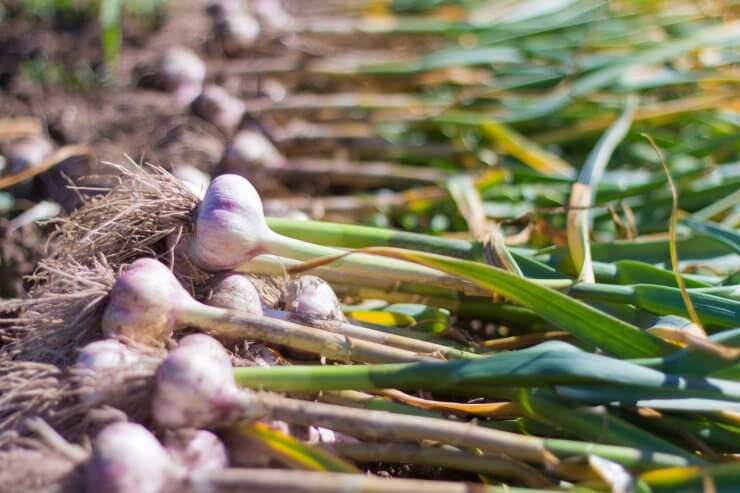
1. Garlic
October is prime time for planting garlic in zones 4-6. These flavorful bulbs need a period of cold to develop properly, making fall planting ideal. Choose hardneck varieties like ‘Music’, ‘German Red’, or ‘Chesnok Red’ for best results in cold climates. Plant individual cloves about 2 inches deep and 4-6 inches apart, with the pointy end facing up. Mulch well with straw or leaves to protect them over winter. Come summer, you’ll be harvesting your very own garlic scapes and bulbs!
Learn more about growing garlic in our Garlic Gardening Guide.
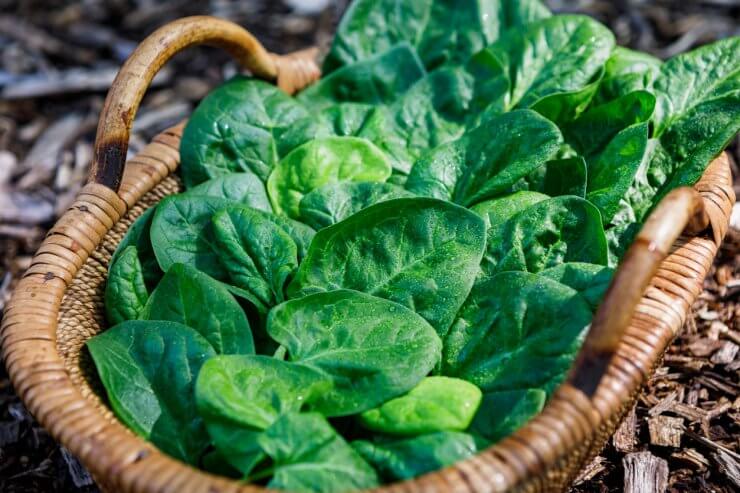
2. Spinach
Believe it or not, October is a great time to sow spinach for an early spring harvest. These leafy greens are incredibly cold-hardy and can survive winter under a layer of mulch or row cover. Plant spinach seeds about 6 weeks before the ground freezes in your area. Try cold-tolerant varieties like ‘Tyee’, ‘Bloomsdale Long Standing’, or ‘Winter Bloomsdale’. The seeds will germinate in fall, go dormant over winter, and burst into rapid growth as soon as temperatures rise in spring.
Learn more about growing spinach in our Spinach Gardening Guide.
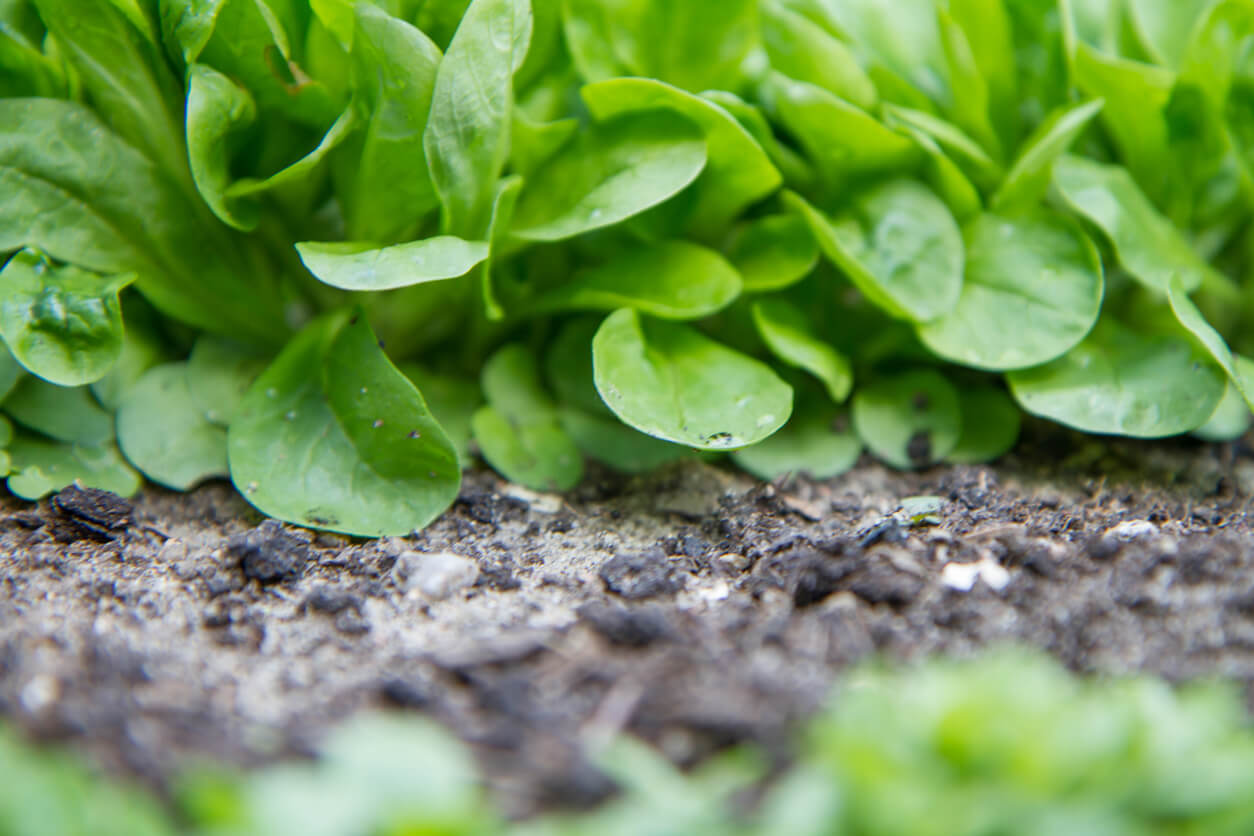
3. Mâche (Corn Salad)
Mache, also known as corn salad or lamb’s lettuce, is a lesser-known green that’s perfect for October planting. This European salad green is incredibly cold-hardy and can survive temperatures down to 5°F (-15°C). Sow seeds directly in the garden in early October, about 1/4 inch deep and 2 inches apart. Mache grows slowly over winter and will be ready for harvest in early spring, providing you with fresh salad greens weeks before your spring-planted lettuces.

4. Winter Rye (Cover Crop)
While not a food crop, winter rye is an excellent cover crop to plant in October. It helps prevent soil erosion, suppresses weeds, and adds organic matter to your garden beds. Broadcast the seeds over bare soil and lightly rake them in. The rye will grow slowly over winter and resume growth in spring. Cut it down before it goes to seed and either till it into the soil or use it as mulch for your spring plantings.
Learn more about growing rye in our Wheat Gardening Guide.
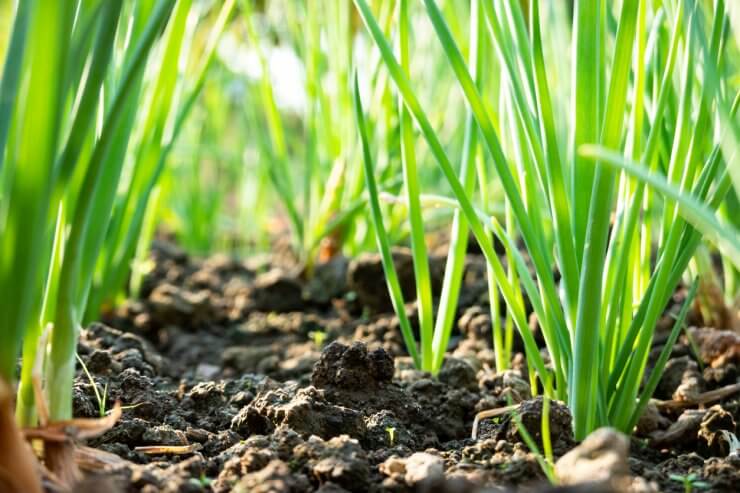
5. Scallions
October-planted scallions can provide you with fresh green onions in early spring. Choose cold-hardy varieties like ‘Evergreen Hardy White’ or ‘Red Welsh’. Sow seeds directly in the garden about 1/4 inch deep and 1 inch apart. They’ll establish roots before winter sets in, then burst into rapid growth as soon as temperatures warm in spring. For extra protection in zones 4-5, consider covering your scallion patch with a layer of straw or a cold frame.
Learn more about growing scallions in our Scallions Gardening Guide.
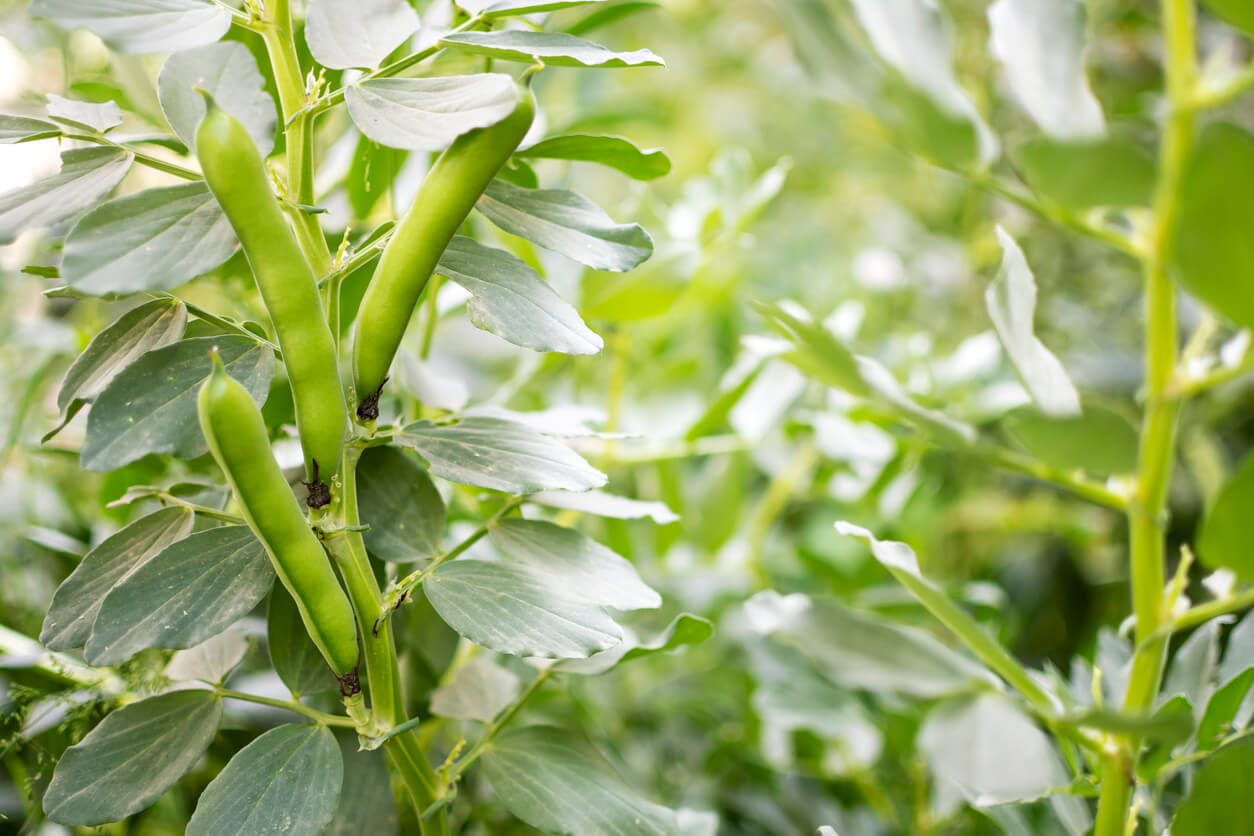
6. Broad Beans (Fava Beans)
In the milder parts of zone 6, you can try planting broad beans in October for an early summer harvest. These cool-season legumes can survive winter if given some protection. Plant seeds about 2 inches deep and 6 inches apart. Choose cold-hardy varieties like ‘Aquadulce Claudia’ or ‘Super Aquadulce’. Cover the planting area with a thick layer of mulch or a low tunnel for extra protection. The plants will establish before winter, go dormant during the coldest months, then resume growth in early spring.
Learn more about growing beans in our Beans Gardening Guide.
7. Carrots (for spring harvest)
October is your last chance to sow carrots for a spring harvest. These root veggies can overwinter in the ground and will be ready for harvest in early spring. Choose cold-hardy varieties like ‘Napoli’, ‘Merida’, or ‘Touchon’. Sow seeds about 1/4 inch deep and 1 inch apart. Cover the bed with a thick layer of mulch to protect the carrots over winter. The alternating freeze-thaw cycles will concentrate sugars in the roots, resulting in exceptionally sweet spring carrots.
Learn more about carrots in our Carrots Gardening Guide.
October Garden Chores for Zones 4-6
- Clean up fallen leaves and compost them (unless they’re diseased).
- Cut back perennial vegetables and herbs after the first frost.
- Harvest any remaining warm-season crops before the first hard freeze.
- Protect cold-hardy vegetables and herbs with row covers or cold frames.
- Empty, clean, and store garden hoses and watering cans.
- Clean and sharpen garden tools before storing for winter.
- Test your soil and add amendments as needed.
- Mulch perennial vegetable and herb beds after the ground freezes to prevent frost heaving.
- Plant fruit trees and berry bushes – fall is an excellent time for this!
- Divide and transplant perennial vegetables and herbs like rhubarb, chives, and oregano.
- Start a compost pile with fall leaves and garden debris.
- Drain and store rain barrels to prevent freezing and cracking.
- Protect young fruit trees from rodents with tree guards.
- Clean out your garden shed and organize for next season.
- Plan your crop rotation for next year’s vegetable and herb garden.
- Dry or freeze herbs for winter use.
- Plant garlic and shallots for next year’s harvest.
There you have it, zone 4-6 gardeners! Seven cold-hardy plants to keep your green thumb active in October, plus a to-do list that’ll make your spring self do a happy dance. Remember, gardening in October is all about preparation and protection. With a little extra care now, you’ll be reaping the rewards long after your neighbors have given up for the season.
So, what are your October gardening plans? Are you brave enough to try some late-season planting, or are you focusing on putting your garden to bed for winter? Drop a comment below and let me know. Happy gardening, and may the frost be ever in your favor!


 Previous
Previous



Can I get this printed out or do I need to print myself?
You will need to print this yourself – just click on the printer icon just below the author’s name
I’m not sure of what my zone is? I live in Colorado about 20 miles south of Denver.
This article should be helpful in determining your USDA planting zone. https://foodgardening.mequoda.com/daily/garden-tools/what-is-my-usda-planting-zone/